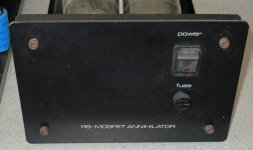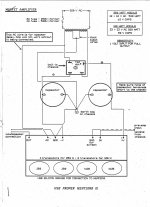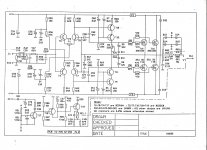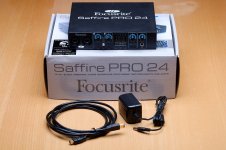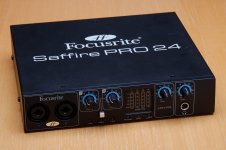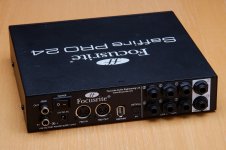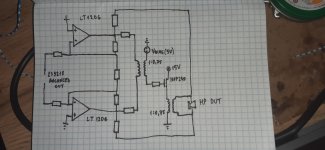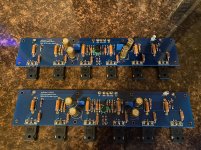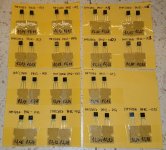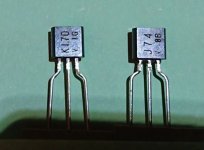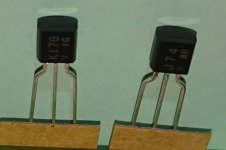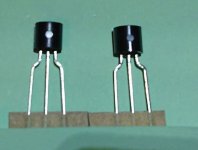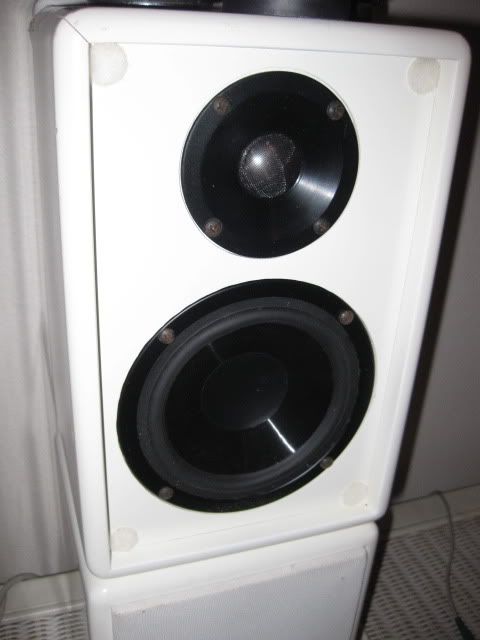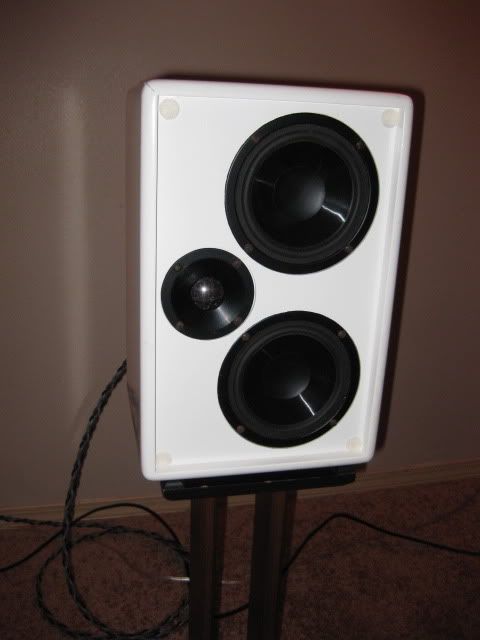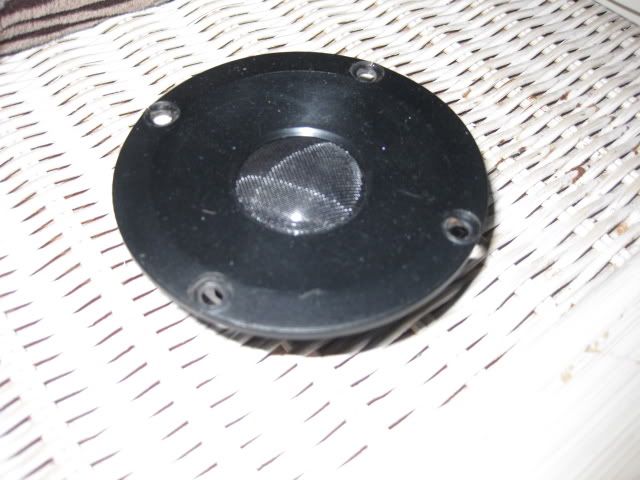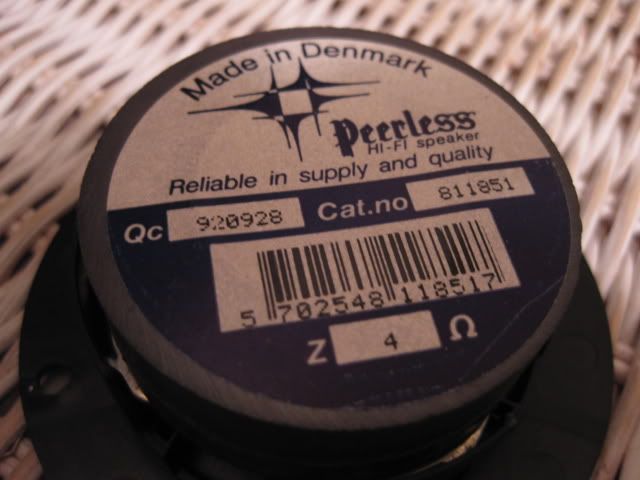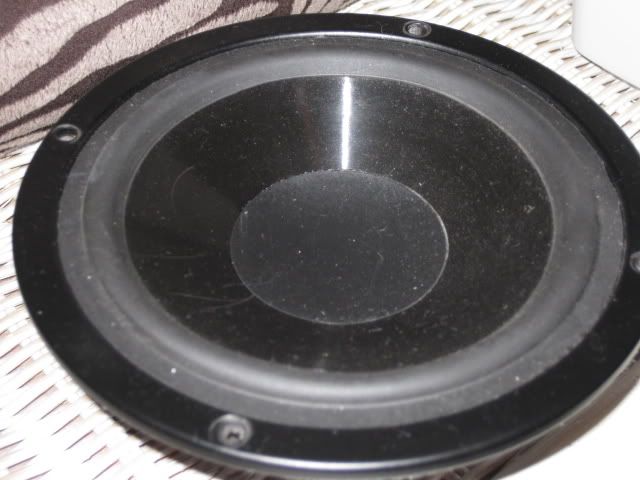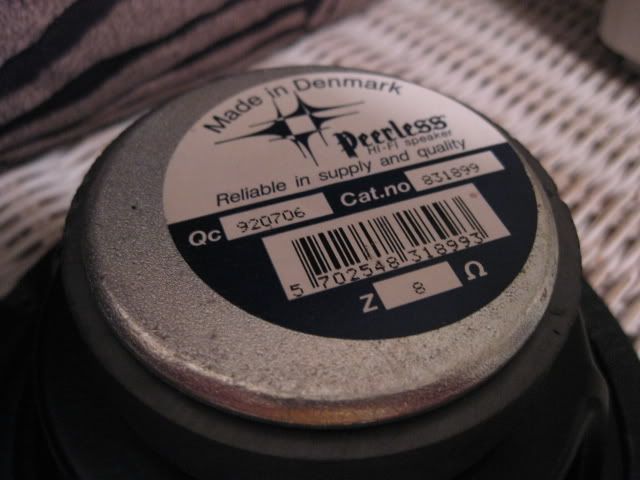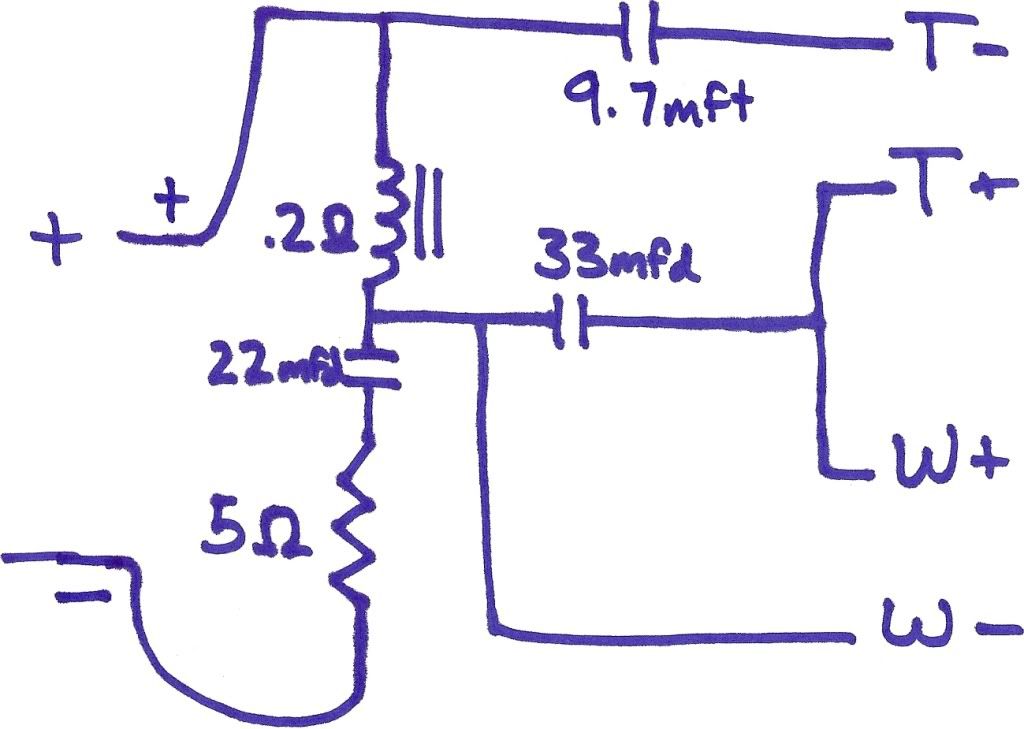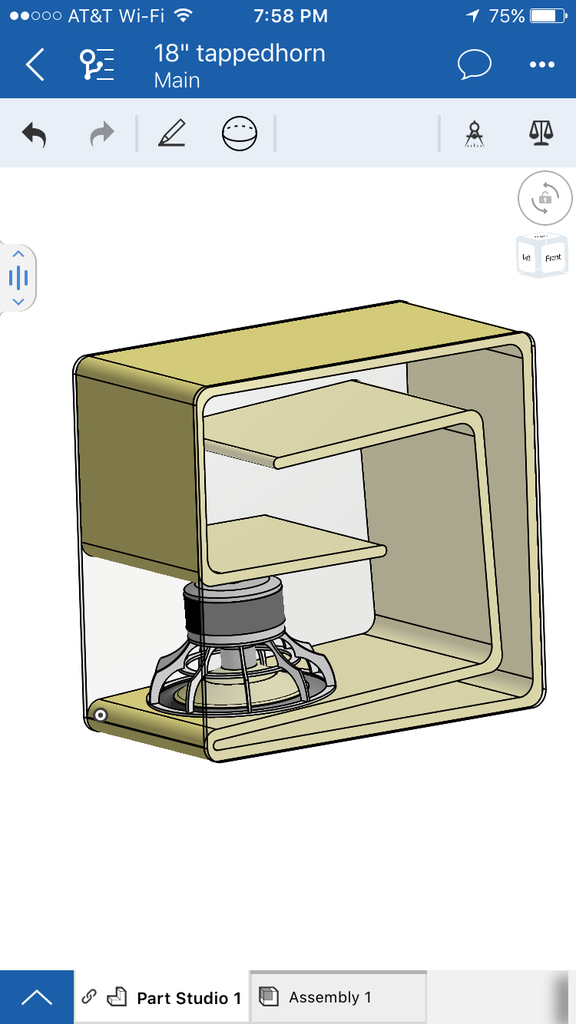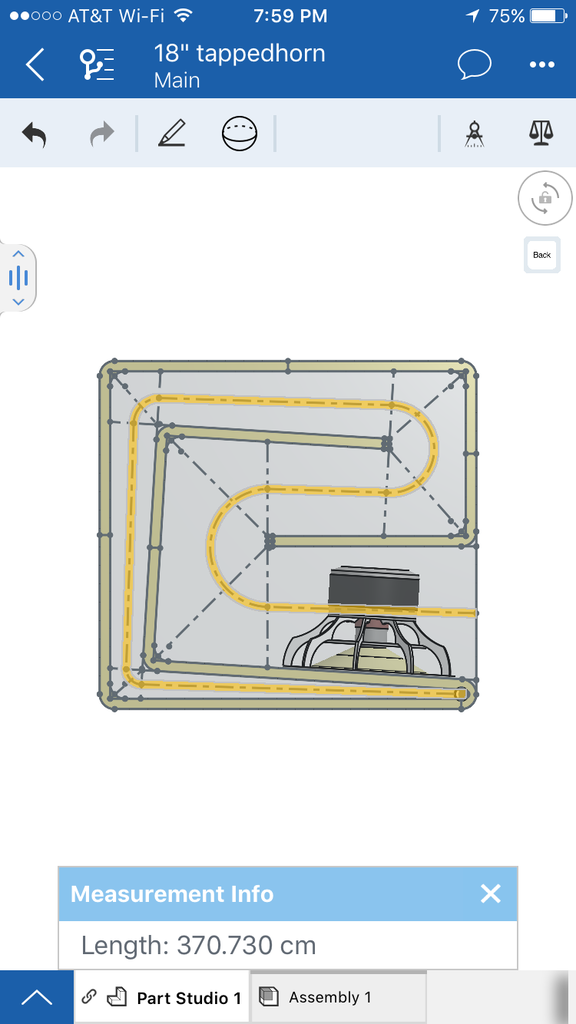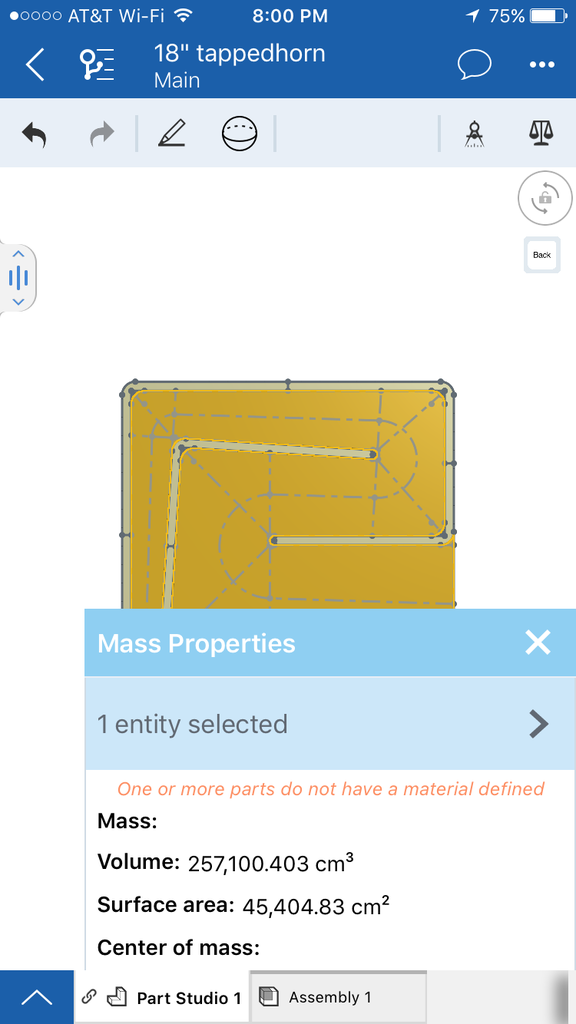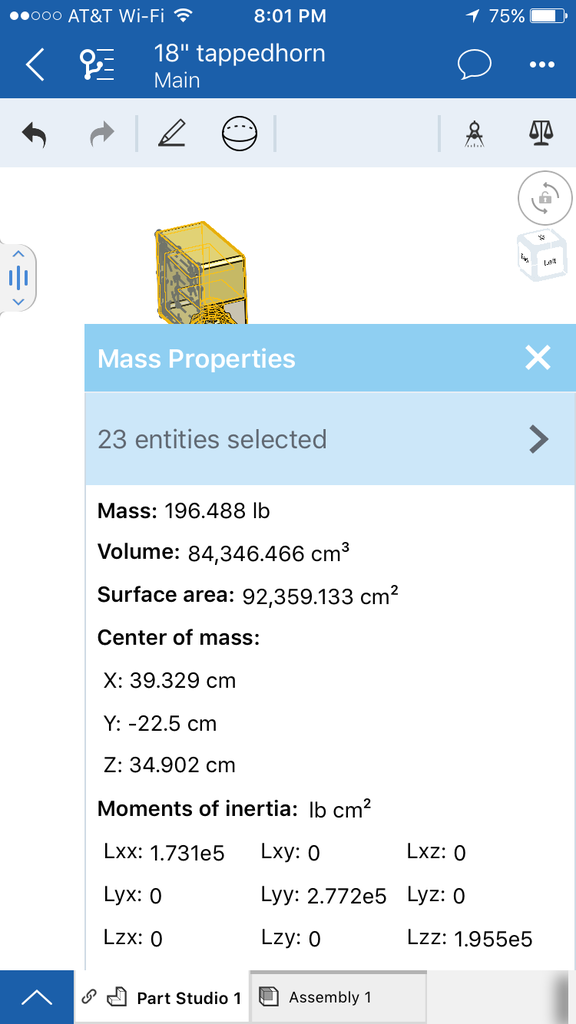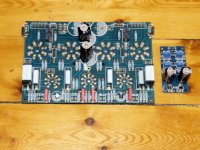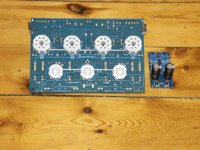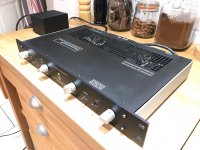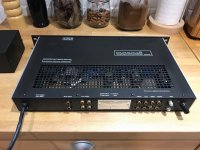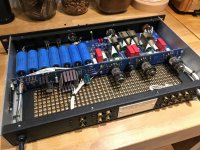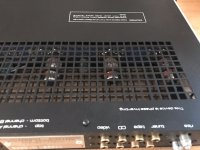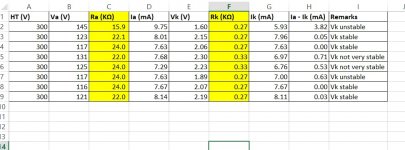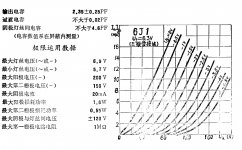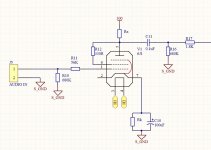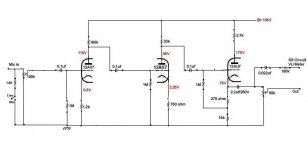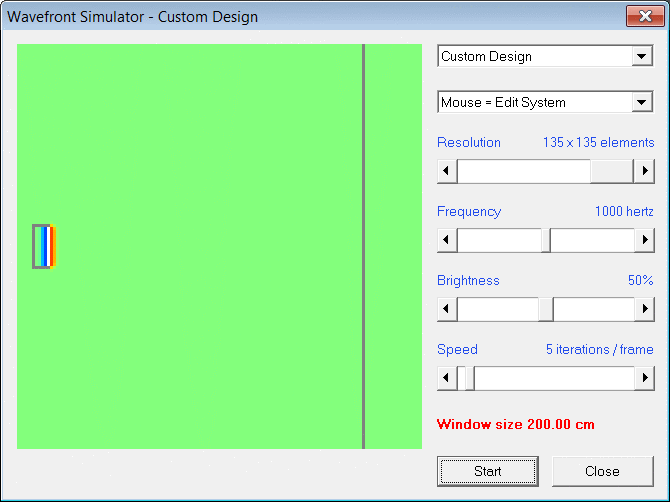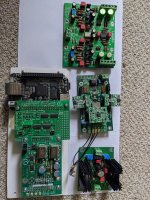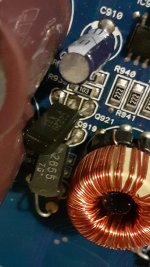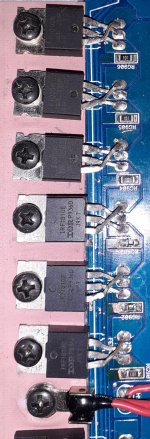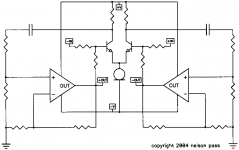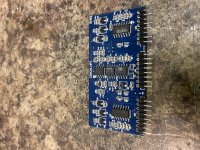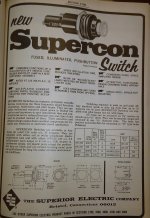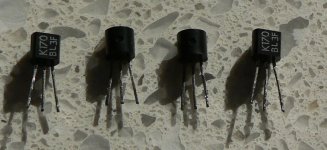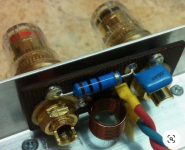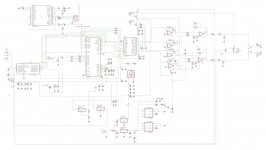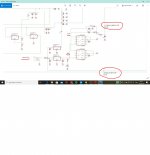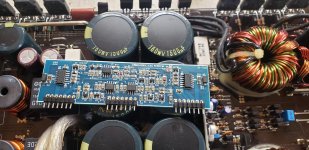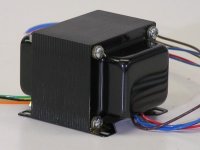Choosing a amplifier IC for DIY home 2.1 speakers
Hello, 🙂
Could you please help in choosing a audio amplifier IC for building DIY home speakers (2.1 system)?
Whether to go for class AB amplifier like LM1875 or TDA7295. Or go for a class D/T amplifier like TPA3116 or TA2020 or TK2050 etc.
Looking at the datasheets of these class-AB and class-D amplifiers, the performance are looking similar, referring the graphs for THD+noice vs frequency and output power etc.
For all of these the THD was at least below 0.1% across the output power values under the given max for the chip. "THD vs Frequency" graphs were more smoother for TK2050, and LM1875 and on TPA3116 graphs THD was bit higher at around 5KHz region.
From what I have read, class-D is more efficient and so I may have a smaller power supply driving it and will have smaller or no heat sink. Thus a overall compact and small amplifier will result. But heard they have some EMI issues.
On the other hand with class-AB amplifier, sound quality will be very good and not sure if these currently available class-D amplifier are producing such sound quality. But they need bigger power supply as they are less efficient, and need a bigger heat sink, so overall it will be bit bulky.
Please help in selecting the suitable amplifier IC for DIY 2.1 channel home speaker system.
thanks and regards to all.
Could you please help in choosing a audio amplifier IC for building DIY home speakers (2.1 system)?
Whether to go for class AB amplifier like LM1875 or TDA7295. Or go for a class D/T amplifier like TPA3116 or TA2020 or TK2050 etc.
Looking at the datasheets of these class-AB and class-D amplifiers, the performance are looking similar, referring the graphs for THD+noice vs frequency and output power etc.
For all of these the THD was at least below 0.1% across the output power values under the given max for the chip. "THD vs Frequency" graphs were more smoother for TK2050, and LM1875 and on TPA3116 graphs THD was bit higher at around 5KHz region.
From what I have read, class-D is more efficient and so I may have a smaller power supply driving it and will have smaller or no heat sink. Thus a overall compact and small amplifier will result. But heard they have some EMI issues.
On the other hand with class-AB amplifier, sound quality will be very good and not sure if these currently available class-D amplifier are producing such sound quality. But they need bigger power supply as they are less efficient, and need a bigger heat sink, so overall it will be bit bulky.
Please help in selecting the suitable amplifier IC for DIY 2.1 channel home speaker system.
thanks and regards to all.

